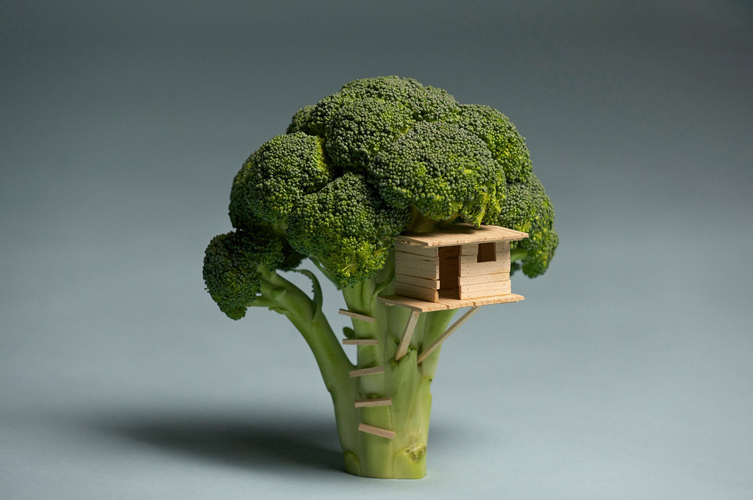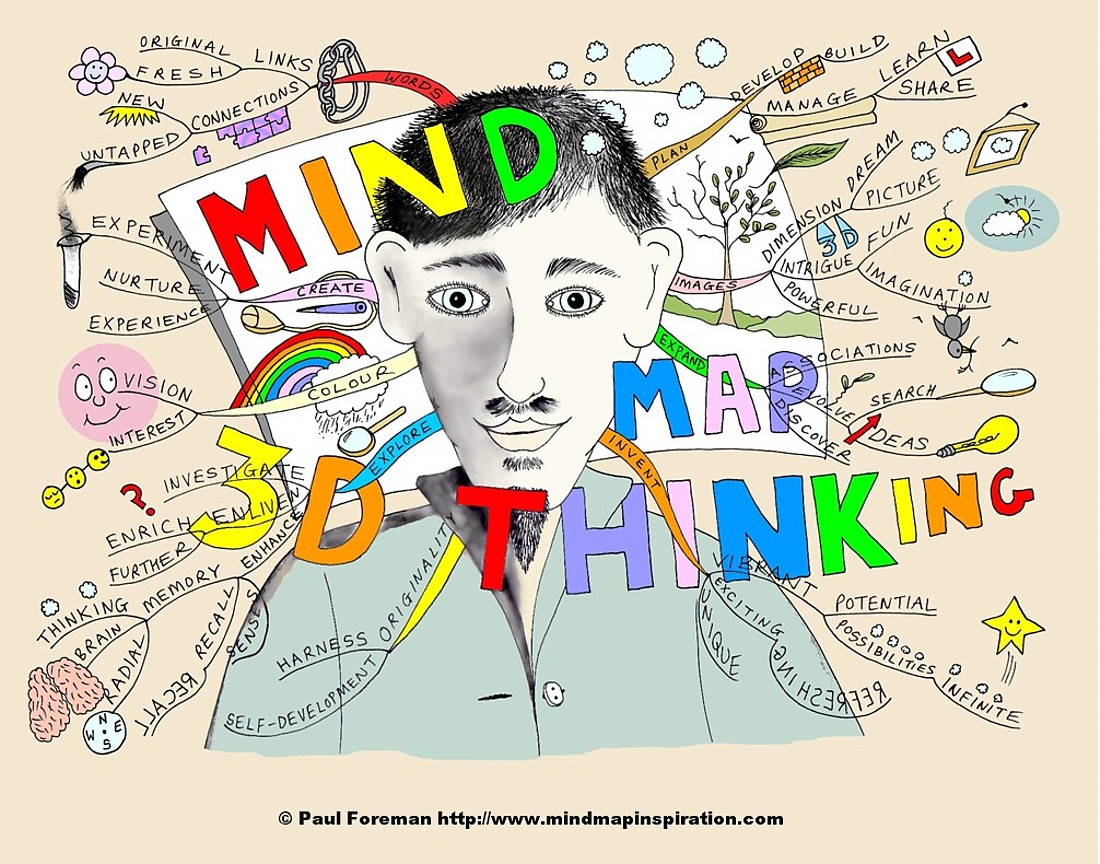 |
| Picasso |
For this Field Study Unit students were asked to gather 3 - 5 collections of images and use them, not necessarily at one time, to create a 2D collage, or a 3D assemblage/relief (something designed with reference to a flat picture plane) that:
- explores pictorial space (2D space)
- explores composition (unity, variety, balance, lines of movement, placement, position, compositional space, etc)
- considers how composition can reinforce the inherent meaning of the images being placed together....what do the images evoke? what does the organization suggest? what do the shapes hint at? Can you work with these elements rather than impose something onto them?
- explores material integration
Finally students were asked to consider how what they were making stood as a reflection of what they were learning about composition, craftsmanship, content, creativity (i.e., the 4C's).



